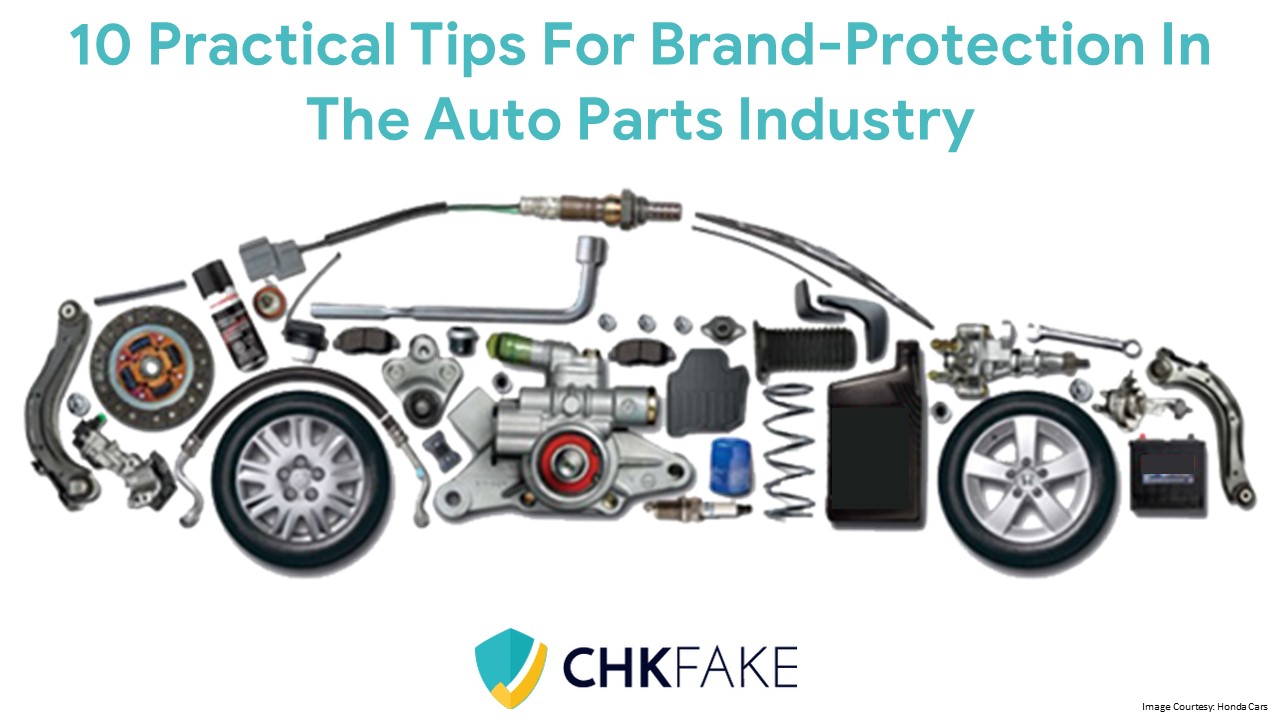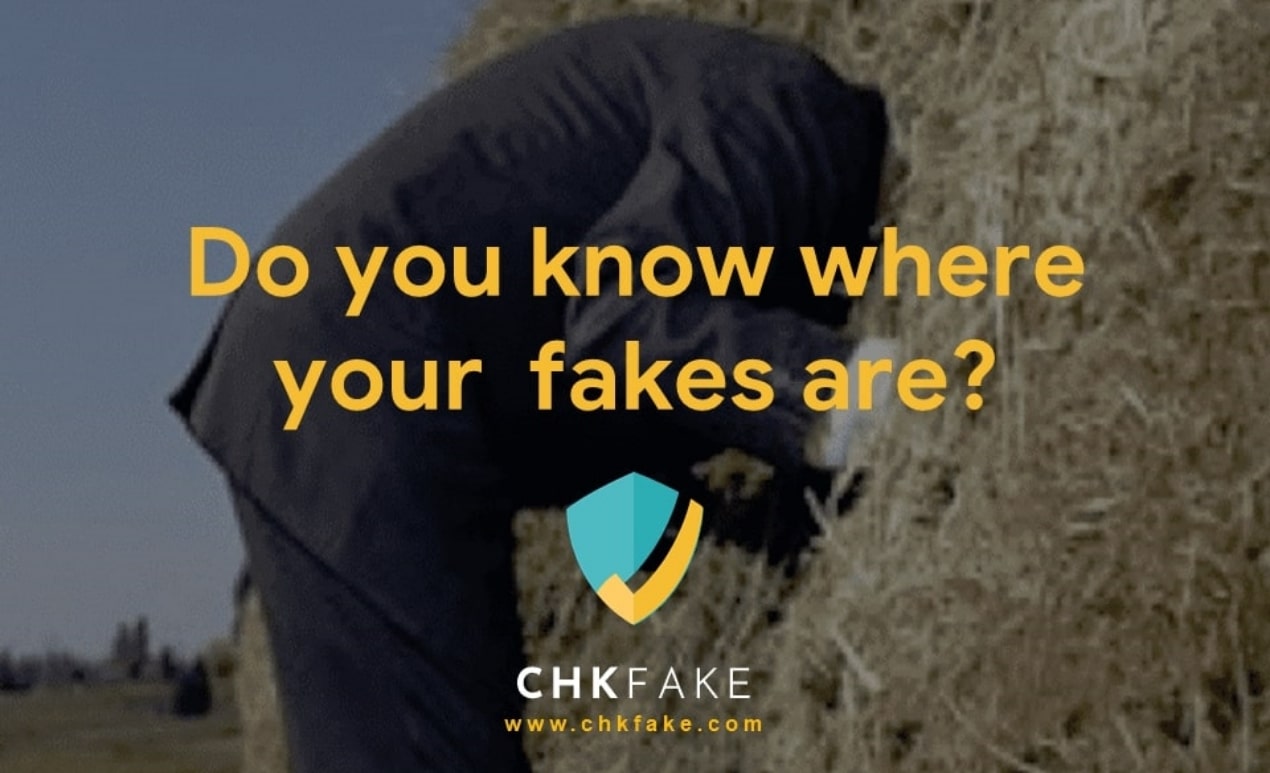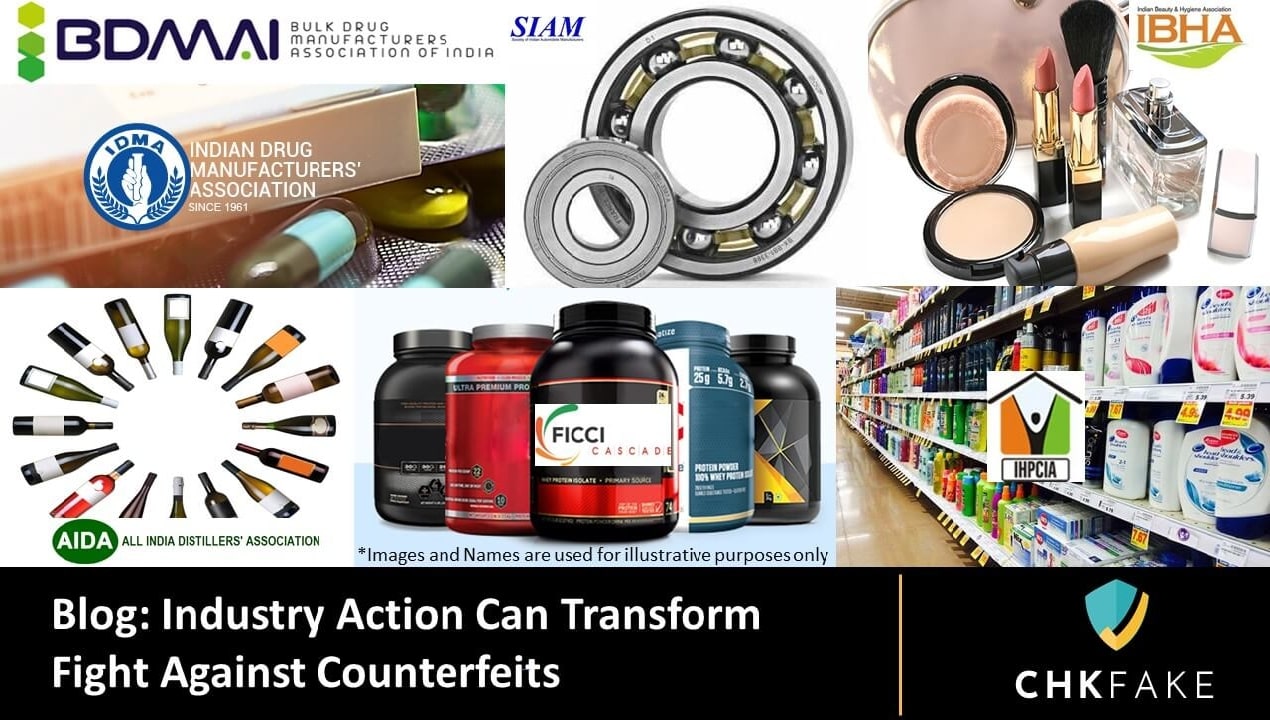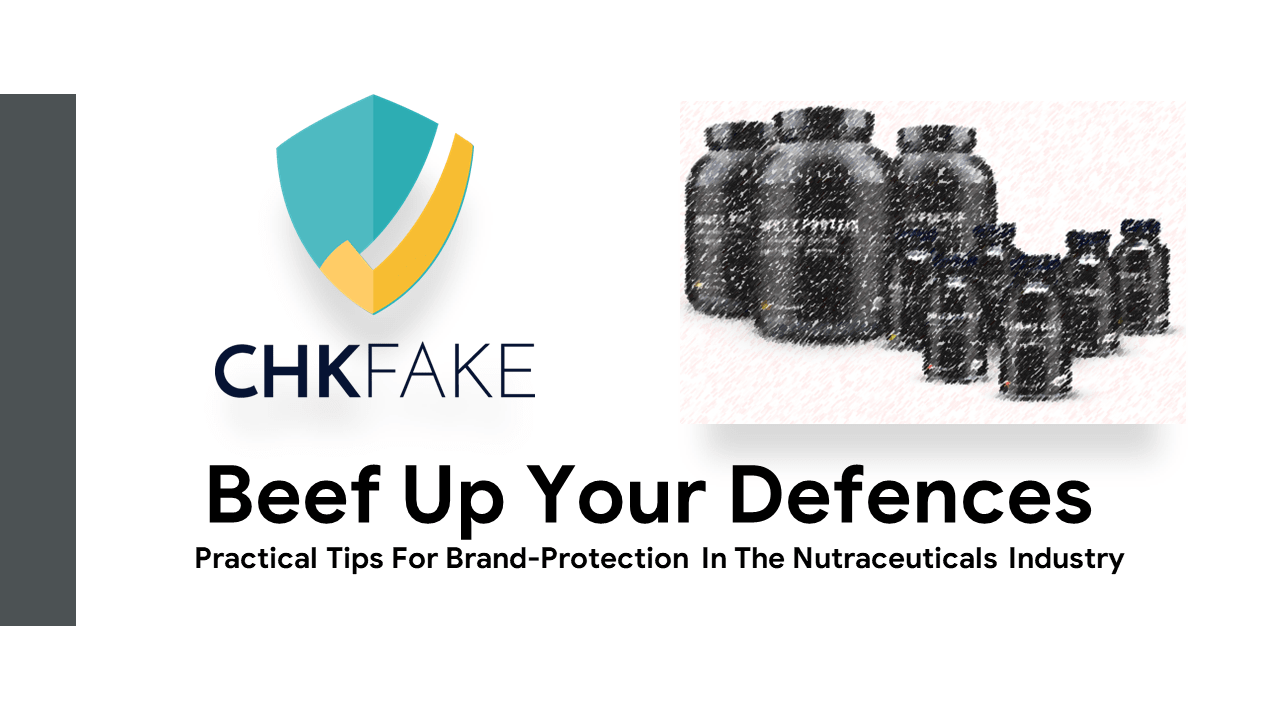This is a 2-part series. Part 1 focused on the current practices of anti-counterfeiting in the auto parts industry. In this article, Part 2 will cover how brand owners can strengthen their anti-counterfeiting program.
Based on our experience of working with auto OEM, OES and industry associations, here is our list of top 10 things that an auto parts manufacturer should follow to make their brand protection/ anti-counterfeiting program a success and protect their customers from counterfeits.
1.CX-level champion
Considering the scale of counterfeiting, it is evident that stakes are too much to ignore. Brand protection should be an organization-wide responsibility, just like Safety. Technology and processes can be enablers, but you need a CX-level champion to ensure that it is an organizational priority. The CX champion has to drive the Brand Protection roadmap and ensure that it is aligned to business priorities.
2.Stronger anti-counterfeiting (AC) technology
Choose an AC technology that protects and is not as easy to copy as a simple holographic strip or QR code. New technology is available in the form of non-copiable unique codes which can also be linked to add-on programs such as Auto-mechanic loyalty program or track & trace. In addition, it is advisable to integrate multiple layers in the final solution for greater protection against copying or mimicking.

Image Courtesy: MotorIndia
3.Tamper-evidence
Any AC technology solution needs to address the problem of “Refill” i.e. genuine used packaging being ‘refilled’ with counterfeit products. In the case of auto parts in India, this is a significant problem as most AC technology is deployed on the MRP label which remains intact even after the packaging containing the auto part is opened.

Image courtesy: packagingeurope.com
The solution is to make use of a box-seal which should have the AC features on it. The box seal is placed on the packaging such that once it is opened, the seal should automatically be destroyed. This makes it difficult for a counterfeiter to re-use the original packaging.
Bosch has incorporated this tamper-evidence in some of their packaging as illustrated below:

Image courtesy: driven2automotive.com
Alternatively, brand-owners can consider placing their AC technology features directly on the auto part itself. This removes the need to protect the packaging against re-use.
4.Easy Authentication
Facilitate easy verification of genuine products by deploying the latest in authentication technology. Brands sometimes try to develop in-house authentication tools such as apps, or micro-sites. Even AC technology vendor provided tools have variability in terms of design, user experience and quality of analytics available. In addition, all these tools require specific effort by the Brand to promote their use. There are aggregator platforms now available which specialise in user engagement as they span across brands and even product categories. These can be considered by brand owners to make authentication more widespread.

Image courtesy: chkfake.com
5.Widespread education
Aggressively educate the market on how to verify genuine auto parts. Make partners out of your customers, your retailers and mechanics, your sales team and other employees and all other stakeholders when it comes to protecting your brand. Consider on-pack communication as well as direct customer communication to educate them on ‘how to verify’ and ‘how to report’. Also, consider rewarding them to report fakes. Remember, every fake reported is an opportunity to shut down a counterfeit supply source.
Also, educate your customers about the risks of buying from unauthorized sellers and the loss that counterfeits cause to the economy and the society.

Image Courtesy: Tata Motors
6.Use the power of Industry Associations
Industry associations can help where brands struggle, eg. in the areas of customer education, and advocacy with government agencies in terms of enforcement and policy. Both the industry associations in the auto sector (Society of Indian Automobile Manufacturers or SIAM; and Automotive Components Manufacturer Association or ACMA) are doing great work in this space.
An impressive example of an industry-led effort is how automotive manufacturers in the United States represented by A2C2 have actively lobbied to successfully enact an anti-counterfeit airbag legislation in 17 states.

Image Courtesy: A2C2
Auto brands should also consider combining resources under the umbrella of their industry association to offer a combined authentication platform (like Chkfake) to their customers. This will make it easy for customers to verify any brand of auto parts using just one tool. It will also overcome the Brands’ general reluctance to communicate directly about ‘how to verify’ to their customers, lest they be seen as the one with the problem.
7.Online Enforcement
Partner with online platforms to drive campaigns against sellers pushing counterfeits. E-commerce platforms have become vulnerable to highly organised criminal enterprises and industry bodies and OEMs should work with online platforms to identify, remove and desist counterfeiters selling through their platforms.
With interventions from A2C2, Alibaba has introduced an automotive parts policy and announced a ban on listing airbags and related components.

Image Courtesy: Securing Industry
For this purpose, the support of an online enforcement agency can be crucial. Partners such as these use sophisticated technology such as image recognition and seller clustering to efficiently identify counterfeit products and also allow brands to automatically takedown such listings.
8.Investigations and Legal Action
Use 3rd party legal firms and investigators to increase the presence on the ground to identify the supply chain of counterfeiters as well as take enforcement action including seizures, cease & desist notices, civil suits etc.

Image Courtesy: GettyImages
9.Enforcement Management system
Use an enforcement management tool, such as Chkfake, to capture and manage enforcement leads effectively. Most brands do not have a system in place to capture feedback on counterfeits/ lookalikes from the market. As a result, leads are lost and the brand continues to suffer. An enforcement management tool increases the brand’s enforcement footprint and enables a quick and deterrent action. It also gives the brand access to all enforcement intelligence in one place.

Image courtesy: Chkfake
10.Partnering with Government agencies
Counterfeiting impacts not only the brand’s revenues but also the tax collections of governments. Governments through multiple statutes and agencies can support brand owners to check counterfeiting. A strong partnership with relevant law enforcement agencies like Customs, Police, Enforcement Directorate etc. would help in intelligence and enforcement efforts.

Image Courtesy: Gulf News
To control the huge problem of fake auto parts in UAE markets, the Emirates Authority for Standardisation and Metrology (ESMA) implemented a system to ensure that automotive parts without an ESMA quality mark cannot enter the UAE market from October 2018. Traders were given a year to remove non-complying parts available in the market. A database containing information about all the spare parts manufactured or imported in the country was also be developed as part of the new system.
As they say, “It takes a village to raise a child”. Similarly, auto brand owners can’t prevent counterfeiting by taking action in silos. The above list serves as a practical guide to design and execute a holistic brand-protection program. Auto brand leaders must invest in methods to help their customers and mechanics to easily identify original products, as well as invest in systems that identify players in the counterfeit supply chain and take deterrent action against them.
If you liked what you read, please do share in your network. You can follow my articles on LinkedIn and Twitter, or subscribe to My blog.
_________________________________
Tanmay Jaswal is the Founder of Chkfake, a start-up that is disrupting the anti-counterfeiting industry by creating an eco-system of all stakeholders to join the fight against fakes together. The Chkfake mobile app allows users to verify genuineness of any product irrespective of category or brand.
Tanmay has 26 years of global experience in business leadership, marketing and strategy in companies like Coca-Cola and Shell and is an acknowledged authority on brand protection. He has headed the brand protection function for Shell globally and has extensive experience in this space over the last 8 years.






0 Comments